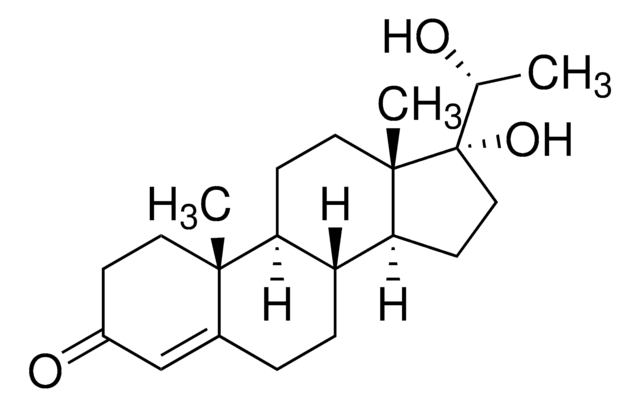E7148
Alcohol etílico puro 190
≥95.0%, for molecular biology, 190 proof
Sinónimos:
Alcohol etílico puro, Alcohol absoluto, Etanol, etanol no desnaturalizado
About This Item
Productos recomendados
Nombre del producto
Alcohol etílico puro 190, for molecular biology
vapor density
1.59 (vs air)
type
for molecular biology
assay
≥95.0%
form
liquid
expl. lim.
3.1-27.7 %
greener alternative product characteristics
Safer Solvents and Auxiliaries
Use of Renewable Feedstocks
Learn more about the Principles of Green Chemistry.
sustainability
Greener Alternative Product
concentration
190 proof
pH
7.0 (20 °C, 10 g/L)
bp
78.3 °C
mp
-114 °C
density
0.816 g/mL at 25 °C
greener alternative category
, Aligned
SMILES string
OCC
InChI
1S/C2H6O/c1-2-3/h3H,2H2,1H3
InChI key
LFQSCWFLJHTTHZ-UHFFFAOYSA-N
¿Está buscando productos similares? Visita Guía de comparación de productos
General description
Application
- La precipitación y la purificación de ácidos nucleicos y proteínas.
- Histología para preparar reactivos de tinción y decoloración. Deshidratación de los tejidos antes de la inclusión.
Other Notes
signalword
Danger
hcodes
Hazard Classifications
Eye Irrit. 2 - Flam. Liq. 2
Storage Class
3 - Flammable liquids
wgk_germany
WGK 1
flash_point_f
55.4 °F - closed cup
flash_point_c
13 °C - closed cup
Elija entre una de las versiones más recientes:
¿Ya tiene este producto?
Encuentre la documentación para los productos que ha comprado recientemente en la Biblioteca de documentos.
Los clientes también vieron
Nuestro equipo de científicos tiene experiencia en todas las áreas de investigación: Ciencias de la vida, Ciencia de los materiales, Síntesis química, Cromatografía, Analítica y muchas otras.
Póngase en contacto con el Servicio técnico






